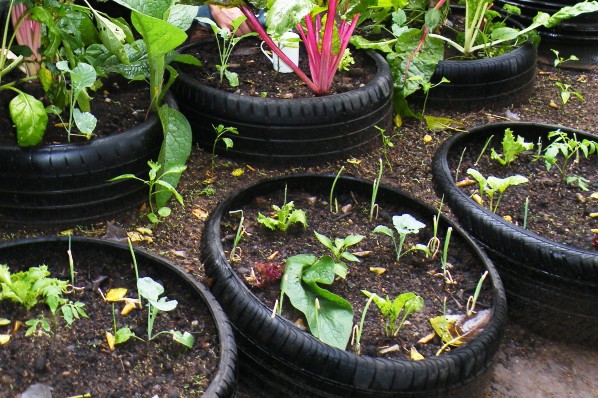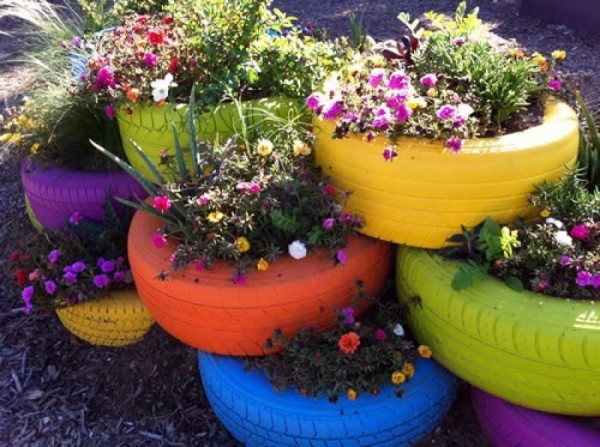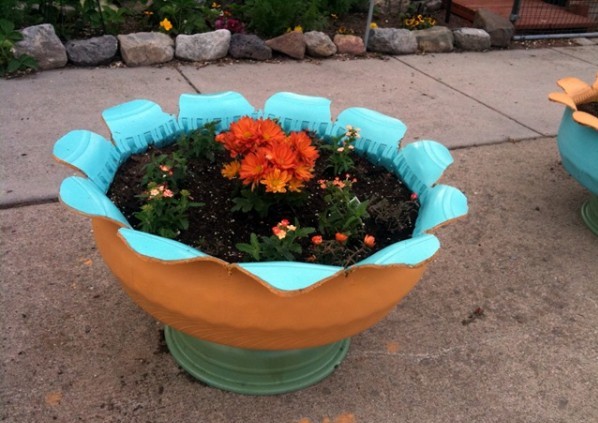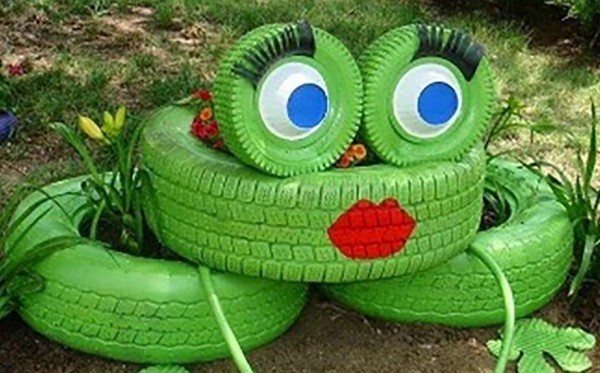For anyone who grew up on the South Coast, there are many things we simply take for granted when it comes to certain familiar cultures. When it comes to the Portuguese history and communities on the South Coast, it is just something everyone knows, but if you travel beyond this region – excepting Portuguese enclaves in places like Hawaii, Florida, or San Jose, CA – you will encounter people who have absolutely no idea what Portuguese people look like, what Portuguese cuisine is like (the horror!) or anything else having to do with all things Portuguese.
In the late 80’s my family relocated to Florida for 2-years where a handful of relatives lived. While there, people would ask what it was like back home and inevitably any discussion of food, er….girls, or communities would be about the Portuguese. They were so oblivious of the Portuguese that people genuinely asked me what Portuguese people looked like. “Are they Hispanic and speak Spanish? Are they black or white? What kind of food do they cook?” et al.

Once I started talking about food – linguiça, chouriço, kale soup, malassadas, and queijadas I realized I had move to another universe where I was an alien. At least, that is how people looked at me – as if I had three heads.
The point is that I realized that the South Coast is a special place and has some characteristics that are uncommon to vast swaths of America. I base that on having lived and been through 28 separate states.
One of the things you will definitely encounter on the South Coast is the Bathtub Mary or Jesus which I wrote about a few weeks ago. Another is the beloved and common, tire garden.
While I never thought to mention the tire garden when I lived in Florida or on the visits there, when family members would visit me here they would ask about things like the Bathtub Jesus and tire garden. “Is it because they are broke or cheap so they use an old tire to save money?”, “Isn’t it bad for the soil/plant/flower to have all those carcinogens tires?” they would ask.
I honestly didn’t know. I had my assumptions – in spite of my last name which looks Portuguese, it is actually Sicilian and I was raised in a Sicilian household so I don’t know these things by default. I don’t want to be that guy included in the groups of people who are Vegans and do Crossfit “How do you know if someone is a Vegan, does Crossfit or is Sicilian? Wait 3 seconds and they’ll tell you.” Ouch.

Anyhow, it didn’t seem important when they asked so a shrug of the shoulders was all I did. But after being asked that a number of times over the years, I thought “Darnit, I should know. What are they all about?”
So, here we are.
Is the tire garden something done because the Portuguese that came here were poor and made the best of what was available? Is that true? Or are there practical reasons behind the practice behind this style of urban garden?
Jein…or that is to say, yes and no. Or wait, since this is about the Portuguese that would be nãoim or simão or something like that. Aw, forget it – I won’t quit my day job for comedy as I’m clearly bad at it.
There were Portuguese that came her and were poor, and there were Portuguese that came here that weren’t poor but were very pragmatic or even frugal. The one thing about the Portuguese people is that they are very pragmatic…and they also love gardening. When you pair the two, you get the tire garden regardless of their social status.
The largest benefit from a tire garden is that it is a raised soil bed and that means any pathway weeds – those weeds that “travel” on the topsoil – are stopped in their tracks when they meet a tire. In addition, you can prevent the prime, fertilized soil from being washed away with rain, you can compact the healthy soil to a confined area, and you create a barrier to those pesky snails which can wreak havoc on your garden. Then there is that even peskier lower back or knees that take punishment from kneeling constantly. You can easier manage the raised bed as you don’t have to kneel or steep so deeply.

Taking that pragmatism even further, have you ever had to dig a hole? Of course, you have. Well, then you know all about how fun it is to dig a hole and hit rocks, some of which are huge. It’s not great news for your lower back either. So, plopping a tire down and just pouring some soil in it makes a heck of a lot of sense.
For the environment, it makes a heck of a lot of sense as anyone who is big on recycling is well aware of. It’s all the rage these days to see people making homes using recycled material and the tire garden is just the same. A practical use of materials that would simply pile of in a landfill somewhere – instead of buying more material like a plastic pot, you opt for using something recycled.
From the perspective of the success of the chosen flower, herb, or crop, the tire being black attracts heat from the sun. That heat can then radiate into the soil and is a benefit to certain plants.
Tires not being the most attractive thing in the world, the Portugues decided to brighten them up by painting them a number of colors or even taking shears to them and creating a design of the top rim. If you have to look at them, why not beautify them, right? Beauty may be in the eye of the holder, but I think it’s safe to say that most people would agree that a painted tire is more “beautiful” than a plain, old tire.
So those are the reasons the Portuguese urban garden become SouthCoast culture. While the practice is certainly not limited to the Portuguese or America – you’ll see it all over the world and in many diverse ethnic communities – it is a common one you will see in this region.

 New Bedford Guide Your Guide to New Bedford and South Coast, MA
New Bedford Guide Your Guide to New Bedford and South Coast, MA








